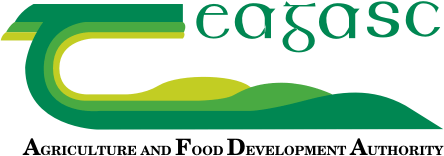COSAINT
Cattle exclusion from watercourses: Environmental and socio-economic implications
Background
The pollution of water is a significant environmental problem facing agriecosystems. Cattle access to riparian areas and water courses is often considered a pressure which can increase both nutrient and sediment input to streams. The Common Agricultural Policy facilitates establishment of agri-environment schemes (AES) for the protection of ecosystem goods and services. Fenced riparian buffer measures to exclude cattle have been included in most European AES, most recently in the Green Low Emission Agri-Environment Scheme (GLAS). However, although riparian mitigation measures (including fencing) are commonly implemented, few studies have evaluated their effectiveness.
Aim
The aim of this project is to assess the environmental, ecological and socio-economic impact of existing and potential measures that prevent cattle access to watercourses.
Objectives
- Analysis of existing datasets, and new field and experimentation datasets (temporal and spatial) to determine the impact of cattle access to (and exclusion from) watercourses on freshwater ecosystems.
- Evaluate the cost-effectiveness of cattle exclusion measures and assess farmer attitudes to the environment, their perception of estimated costs and their likelihood of adopting measures to prevent cattle access.


 Information from this study will play an important role in future revisions to the Rural Development Programme and in helping Ireland achieve targets under the Water Framework Directive. The project will also help address the objectives of Food Harvest 2020 for sustainable intensification.
Information from this study will play an important role in future revisions to the Rural Development Programme and in helping Ireland achieve targets under the Water Framework Directive. The project will also help address the objectives of Food Harvest 2020 for sustainable intensification.